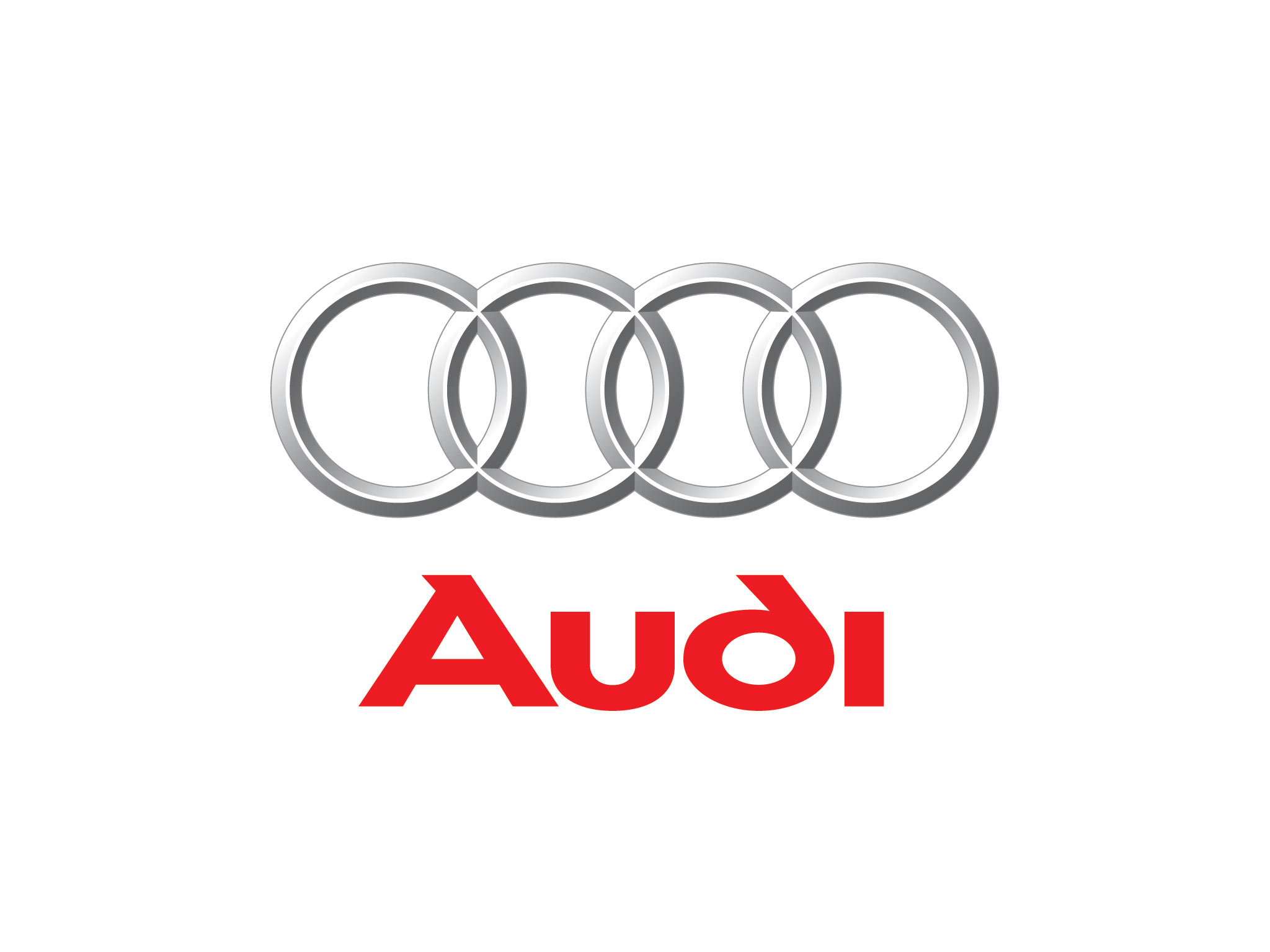What Is Auto Ignition Repair? History Of Auto Ignition Repair In 10 Milestones

Auto Ignition Repair: Ensuring Your Vehicle Starts Every Time
The ignition system of a lorry is vital for its operation, serving as the main entrance to ensuring that the engine begins effectively. Concerns with an auto ignition system can cause aggravating circumstances where a car declines to start or starts sporadically. Understanding how to repair ignition problems not only saves time however can likewise avoid significant costs in the future. Car Ignition Replacement into what auto ignition systems are, how they work, typical issues, and important repair techniques.
Comprehending How Auto Ignition Systems Work
The auto ignition system is an assembly of components that creates the stimulate required to fire up the air-fuel mixture in the engine's cylinders. Here's a simplified breakdown of its main elements:
- Ignition Coil: Transforms the battery's low voltage to a high voltage.
- Supplier (in older systems): Directs the high voltage to the correct cylinder.
- Ignition Module: Controls the timing of the trigger.
- Spark Plug: Fires to ignite the air-fuel mixture.
- Crankshaft Position Sensor: Provides details about the position of the engine's crankshaft to the ignition module.
Table 1: Key Components of an Auto Ignition System
| Element | Function |
|---|---|
| Ignition Coil | Increases battery voltage for the trigger |
| Distributor | Coordinates trigger circulation to the cylinders |
| Ignition Module | Manages timing and series of triggers |
| Trigger Plug | Sparks the fuel-air mixture |
| Crankshaft Position Sensor | Screens crankshaft position for timing |
Typical Auto Ignition Problems
Auto ignition issues can come from various sources, each requiring a special approach to repair. Below are some common issues:
- Dead Battery: A battery that can not hold charge will prevent the vehicle from beginning.
- Faulty Ignition Switch: A malfunctioning switch can disrupt the entire ignition process.
- Worn Spark Plugs: Damaged plugs can trigger misfiring and trouble beginning.
- Broken Ignition Coil: Without proper voltage generation, the trigger plugs can not fire.
Table 2: Common Ignition Troubles and Their Symptoms
| Problem | Symptoms |
|---|---|
| Dead Battery | No dashboard lights, nothing occurs when turning the key |
| Faulty Ignition Switch | Ignition light flickers, problem in turning key |
| Worn Spark Plugs | Engine misfire, bad fuel performance, hard to start |
| Broken Ignition Coil | Engine cranks but stops working to start, backfiring |
How to Diagnose Auto Ignition Issues
Identifying auto ignition issues typically involves a methodical evaluation of the system's components. Here's a general technique:
- Check the Battery: Ensure it's charged and the terminals are clean.
- Examine the Ignition Switch: Make sure it's functioning and that all connections are strong.
- Take A Look At Spark Plugs: Remove and examine for wear; replace if essential.
- Test the Ignition Coil: Use a multimeter to check for voltage output.
- Evaluate Wiring Connections: Look for any torn or detached wires that might impact the system.
Steps for Checking Key Ignition Components
- Battery: Use a multimeter to determine voltage.
- Spark Plugs: Remove and check for wear; think about changing if harmed.
- Ignition Coil: Measure primary and secondary resistance based on the manufacturer's requirements.
Auto Ignition Repair Solutions
After detecting the issue, the repair process typically includes resolving the identified issues. Here's a succinct list of options:
- Replace the Battery: If the battery is dead, changing it is the easiest service.
- Repair or Replace the Ignition Switch: If faulty, consider changing the switch to restore performance.
- Change Spark Plugs: Replace worn or damaged stimulate plugs with brand-new ones.
- Replace or Repair the Ignition Coil: If it stops working, a replacement is necessary.
- Fix Electrical Wiring: Repairing or changing harmed wires, adapters, or parts.
Typical Tools Needed for DIY Ignition Repair
- Multimeter: For electrical testing
- Socket Set: For getting rid of ignition elements
- Screwdriver Set: For various screws and connectors
- Wrench Set: For securing parts
Frequently Asked Questions (FAQs)
Q1: Can I repair the ignition system myself?A1: Yes, many ignition problems can be detected and repaired with basic mechanical skills and tools. However, complex problems may need professional assistance. Q2: How can I avoid ignition problems?A2: Regular upkeep,including battery checks, spark plug evaluations, and making sure electrical connections are safe and secure, can avoid ignition system concerns. Q3: What are some indications of a bad ignition coil?A3: Common signs consist of engine misfires, difficulty starting,
backfiring, and reduced power. Q4: Is it costly
to repair ignition issues?A4: Costs vary considerably based upon the nature of the problem, where labor and part costs
vary depending upon your place. Comprehending the elements and function of your lorry's ignition system is important for preserving a dependable and effectively running vehicle. By staying alert to
common issues, engaging in routine upkeep, and knowing how to perform standard repairs, vehicle owners can guarantee that their automobiles are constantly ready to hit the road. Auto ignition repair does not have to be an overwhelming task; with appropriate knowledge and the right tools, many concerns can be resolved effectively and efficiently. In the journey to guarantee your car begins every time, understanding really is power. Whether choosing self-repair or seeking expert repairs, awareness of your ignition system is key to a smooth trip.

